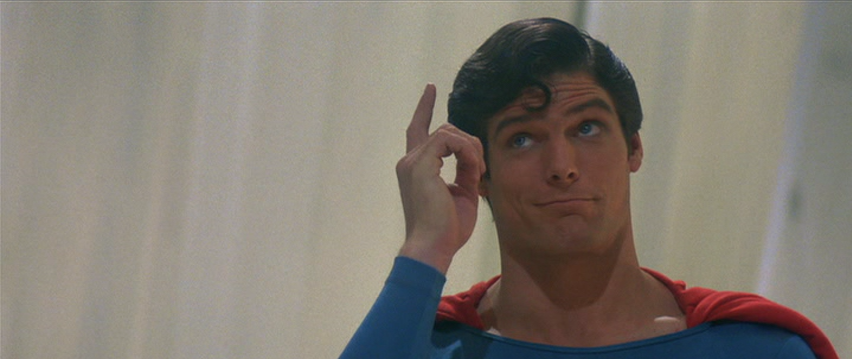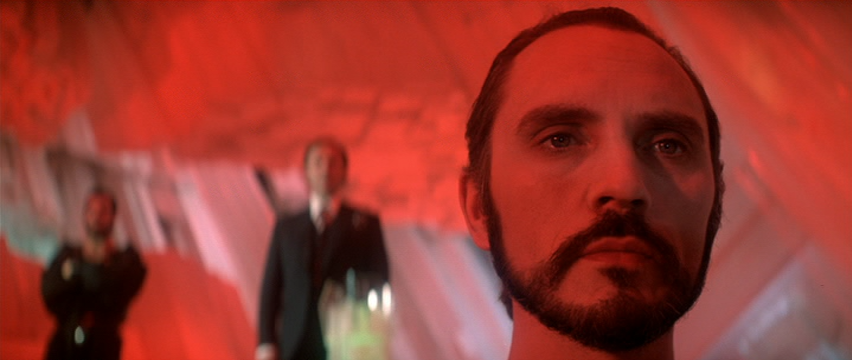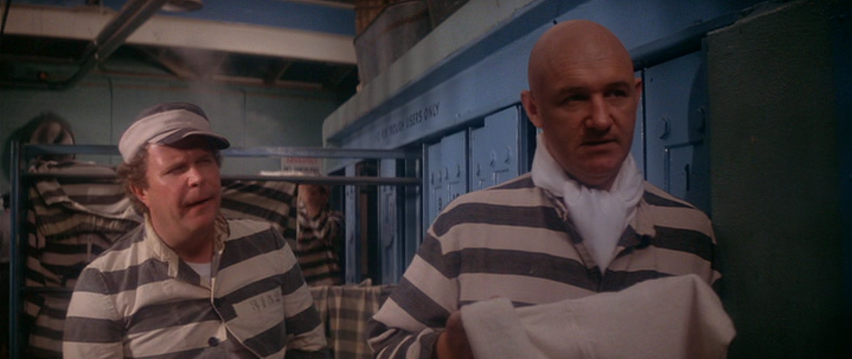

“Do you know what it’s like to hear birds singing at dawn after you’ve just spent the whole night crying?”
The original draft for the screenplay of Superman II was submitted by Mario Puzo at the same time as his draft of Superman. They were supposed to be shot simultaneously—a practice which is usually reserved for two sequels in a trilogy after the success of the initial film1—but production difficulties between director Richard Donner and the Sylkands led to Donner being fired with the second film only 75% complete. Richard Lester was hired to finish the film, which led to rewrites and reshoots, and the result feels like a pasted together mess.
The problems mostly lie in the switch of directors and politics behind the scenes. Puzo’s draft was mostly fine, evidenced by The Richard Donner Cut which was released more than a quarter of a century after the theatrical release of Superman II. But in order for Lester to receive director credit, he had to retool the script and reshoot many already completed scenes. Hackman decided not to return, and some of the creative team who felt that Donner had been unjustly removed didn’t have great attitudes upon resuming production. Reeve’s contract for the two films had expired and he had gone off to work on Somewhere in Time, and he was apprehensive about the new script and Lester as director. Brando sued the producers claiming they didn’t pay him for the first film, so they disallowed the use of his footage in the second film, replacing it with scenes of Susannah York as Kal-El’s mother. While production was on hold, set designer John Barry collapsed on set while working as a second unit director on The Empire Strikes Back and died shortly after of meningitis. With all of these circumstances piled up against the film, it would have been a miracle for it to be good.

The plot is mostly a benign rehash of the latter part of Superman, featuring the same main villain and his sidekicks and continuing the love stories of Lois Lane with both Clark Kent and Superman. The three Kyrptonians who were imprisoned at the beginning of Superman also return. The main plot involves Luthor teaming up with General Zod (Terence Stamp), Ursa (Sarah Douglas), and Non (Jack O’Halloran) as they try to take over the world. There are scenes at the Eiffel Tower (which Lois feels the need to scale despite the police barricade around it), on the moon, and in the Oval Office, attempting to infuse some iconic imagery into the visuals, but the best parts are once again the scenes featuring Margot Kidder and Christopher Reeve. The relationship between Lois and Superman is the heart of the Superman mythos, and their scenes here showcase the gentleness, humor, and humanity of the Superman. Take that away, like Lester did in Superman III—in which Kidder barely makes a cameo appearance—and the whole thing falls flat. While both Superman and Superman II suffer from major plot holes and writing that only serves to vaguely connect action scenes, they are certainly a tier above Superman III and Superman IV (and the vaguely connected Supergirl) in terms of allowing the viewer to suspend their disbelief. The latter sequels are so exaggerated and silly that it’s nearly impossible to take them seriously.
When Clark Kent and Lois Lane are sent to Niagara Falls to work on a story for the Daily Planet, they pose as a newly married couple and are ushered into the honeymoon suite. An accident which should cause harm to Clark but does not sets Lois’s mind spinning, and she chooses to throw herself into the rushing water above the falls in hopes of forcing Clark to reveal himself. He does eventually, but not in public when Lois is drowning right in front of him. Once he does reveal himself, though, he flies her to the Fortress of Solitude for some privacy. There, he speaks with the memory crystal of his mother about a process to irreversibly strip his powers so he can live as a normal man; but of course, once he discovers that General Zod has come to earth and taken over the United States, he gets them back.

Hackman is a welcome treat and is given most of the best lines as Lex Luthor. He refused to return for reshoots once Donner was fired, and so all of his footage was captured prior to Donner’s departure. But his role is mostly inconsequential as he is only providing information to the renegade Kryptonians in order to buy his own survival. He sat out the third installment but returned for the trainwreck of Superman IV.
Though the main story arc doesn’t feel as climactic as it should, the final scene has an emotional lurch that is bound to hit the audience in the gut. After the Kryptonians are defeated, the love story between Lois and Clark takes an awkward turn, with Lois driving herself mad trying to keep her knowledge a secret. Forced into a cruel decision, Clark uses his powers to erase her memories of the past few days, so that she forgets that she ever discovered his identity. Sure, it allows both Clark and Superman to chase other women in Superman III, but only a few days earlier he had committed to giving up his superpowers for a life with Lois.

Lester, who had previously directed the Beatles’ vehicles A Hard Day’s Night (1964) and Help! (1965), along with things like The Three Musketeers (1973) and Butch and Sundance: The Early Days (1979), was simply not a good fit to direct the film. The semi-serious camp vibe that Donner achieved in the first film is lacking here, with Lester’s film trending more toward pure camp (and reaching it entirely in Superman III).
If you enjoyed the first film enough to become interested in the fates of its characters, nearly all of them (sans Brando) have roles here. Nearly the entire cast signed on for two films and the two films still feel of a piece despite the reshoots by Lester. Though Superman II: The Richard Donner Cut is artistically superior to Lester’s effort, Lester’s version is what audiences saw in theaters, and so it is worth watching as a time capsule from 1980. Not as good as Superman, but not as bad as the other two sequels.
1. Notable examples include Back to the Future Part II and Part III, The Matrix Reloaded and Revolutions, and Pirates of the Carribean: Dead Man’s Chest and At World’s End. The entire trilogies of both The Lord of the Rings and The Hobbit were each filmed all at once (though not together, obviously).
Sources:
You Will Believe: The Cinematic Saga of Superman. Warner Home Video. 2006.
Taking Flight: The Development of Superman. Warner Home Video. 2001.